4,860 days to decode Thang Long Imperial Palace
In the chilly weather of Hanoi, the International Scientific Conference “Thang Long Imperial Citadel Relic Site - Achievements and Issues after 15 Years of Research (2011-2025)” took place in a warm and emotional atmosphere. It was not only a place to announce important archaeological discoveries but also a reunion of many generations of archaeologists, who have devoted their lives to finding the memories of a capital. Some people's hair has turned white after many years of attachment; some have only been in the profession for a few years but their eyes sparkle with pride for having contributed to piecing together the memories of their ancestors.
 |
Scientists visit the restored model of Kinh Thien Palace. |
4,860 days - a number that many people in the archaeology community still mention with quiet pride - is the period of time that they have lived with the layers of rocks, broken ceramic pieces and faded traces of the Thang Long Imperial Palace. Everyone knows that the Thang Long Imperial Citadel Relic Site was once the capital of many feudal dynasties in Vietnam. But the traces of a majestic and powerful Thang Long Imperial Palace through the changes of time now lie deep under the layers of rocks, so proving and decoding the architectural form and royal life of the past is not an easy task.
Associate Professor, Dr. Bui Minh Tri, former Director of the Institute of Imperial Citadel Studies, Head of the Project "Research, editing, evaluating the value and establishing a scientific profile of the Thang Long Imperial Citadel Relic Site" proudly introduced to the public important discoveries and a model of the restoration of Kinh Thien Palace - the most important work of the Thang Long Imperial Citadel. The golden memory of Kinh Thien Palace remaining on the ground today is the stone steps carved with dragons that have become a national treasure. Based on scientific data, archaeologists have determined the architecture and structure of Kinh Thien Palace, then compared it with the famous royal architecture of Asia. Why does Kinh Thien Palace have a dou-clang architecture; why are the roof tiles in this place shaped like a 5-clawed dragon, and in that place shaped like a 4-clawed dragon? All of these have been deciphered by archaeologists using artifacts and historical data.
 |
| Reconstruction model of Kinh Thien Palace. |
How did archaeologists successfully decipher the Thang Long Imperial Palace based only on the ruins? Associate Professor, Dr. Bui Minh Tri admitted: “There was no available method to rely on. Urban archaeology in Vietnam at that time was almost a "blank area". We had to figure out on our own from descriptive terminology, classification systems to scientific documentation methods. Every small step forward was paid for by countless days and nights of research with dedication, sweat and tears.”
The most important achievement after nearly 15 years of research is the decoding of the architectural form of Thang Long Palace, which had been lost for more than a millennium. The mysteries of the structure of Kinh Thien Palace in the Early Le Dynasty; the sophisticated and elegant architectural style of the Ly Dynasty; the majestic and sturdy appearance of the Tran Dynasty... were for the first time systematically systematized in a scientific and complete manner. Along with that, the life of the Thang Long Royal Palace appeared through various types of ceramics and porcelain, from royal utensils to sacrificial objects and decorative objects, reflecting the authority and noble life of the emperors.
According to Associate Professor, Dr. Dao Tuan Thanh ( Hanoi National University of Education), as a central urban area, since the 11th century, through the Ly, Tran, and Le So dynasties, Thang Long Capital has gathered cultural quintessence and radiated cultural influence throughout the country. The excavation of the Thang Long Imperial Citadel Relic Site is the largest in the history of Vietnamese archaeology. The results of this excavation have revealed a large complex of relics of Thang Long-Hanoi with many types of architectural relics stacked on top of each other over 1,300 years, from the An Nam Protectorate period to the Ly-Tran-Le dynasties, reflecting the long and unique history of Thang Long-Hanoi, representing the history of building and defending the country of our nation.
Among the more than 6.4 million excavated artifacts, ceramics were found the most, proving a period of brilliant development. This is considered an extremely important discovery, convincing evidence of the history of Vietnamese porcelain invention since the Ly Dynasty. Associate Professor, Dr. Tai Yew Seng, Peking University (China), analyzed: "From the 60,000 pieces of Chinese Long Tuyen ceramics found here, it shows that Thang Long was not only a place of trade but also a destination for foreign royal utensils, affirming the central role of power and culture of the capital in the region".
Awakening the millennial heritage
Despite the important archaeological discoveries of a groundbreaking nature, the promotion of research achievements on the Imperial Citadel of Thang Long is still facing many challenges. After more than 20 years of discovery, the Imperial Citadel of Thang Long is still an archaeological site with most of its traces located underground, in a bustling urban area.
From the research on urban archaeology experience of York City (UK), Dr. Nguyen Thi Hau, University of Social Sciences and Humanities ( Ho Chi Minh City National University) believes that the Thang Long Imperial Citadel relic site can completely become a "living heritage city" and not just an archaeological relic. This strategy requires synchronous and close coordination between management agencies, scientists, communities and businesses, aiming towards the common goal: Turning archaeological heritage into "living heritage" in the heart of contemporary urban areas.
Meanwhile, Associate Professor, Dr. Dao Tuan Thanh proposed to build "Artificial Intelligence (AI) for Thang Long Imperial Citadel". He said: "AI can predict visiting trends, design specialized tours, support conservation, create digital content, promote films and art about Thang Long Imperial Citadel. If done, this heritage will become a sustainable source of income, both for conservation and to spread its value to the world. 4,860 days of research have given us a solid scientific foundation, but for Thang Long Imperial Citadel to truly "revive", it requires not only the passion of archaeologists but also the participation of the government, businesses, community and technology."
Source: https://www.qdnd.vn/van-hoa/doi-song/nhung-phat-hien-khao-co-gop-phan-giai-ma-hoang-cung-thang-long-1011143


![[Photo] Cutting hills to make way for people to travel on route 14E that suffered landslides](https://vphoto.vietnam.vn/thumb/1200x675/vietnam/resource/IMAGE/2025/11/08/1762599969318_ndo_br_thiet-ke-chua-co-ten-2025-11-08t154639923-png.webp)





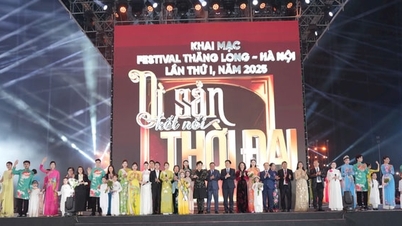



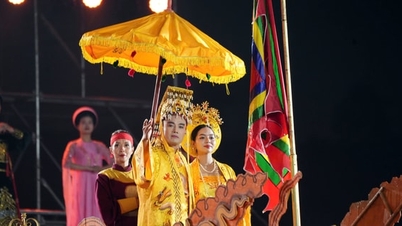













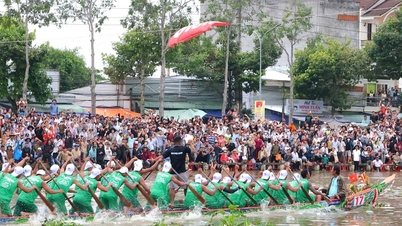




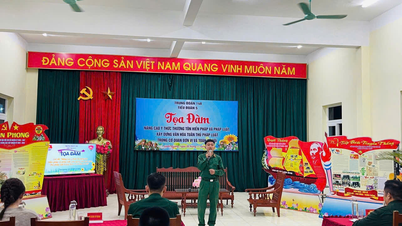

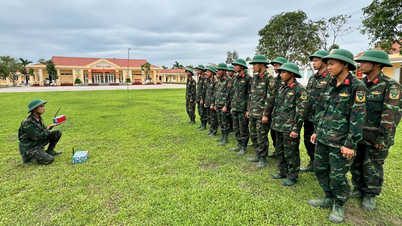
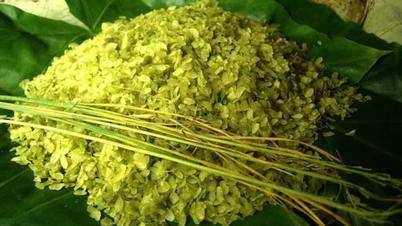
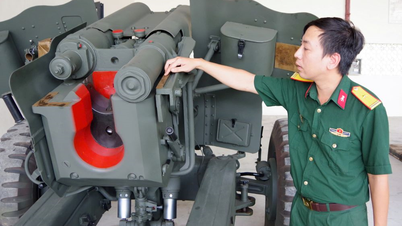











![[Video] Hue Monuments reopen to welcome visitors](https://vphoto.vietnam.vn/thumb/402x226/vietnam/resource/IMAGE/2025/11/05/1762301089171_dung01-05-43-09still013-jpg.webp)






























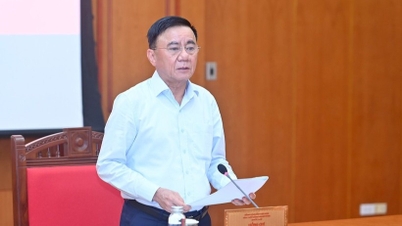




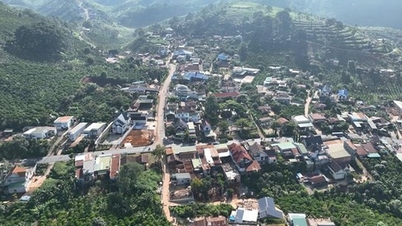






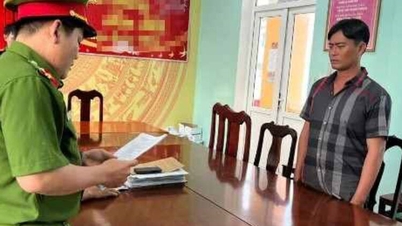





![Dong Nai OCOP transition: [Part 2] Opening new distribution channel](https://vphoto.vietnam.vn/thumb/402x226/vietnam/resource/IMAGE/2025/11/09/1762655780766_4613-anh-1_20240803100041-nongnghiep-154608.jpeg)










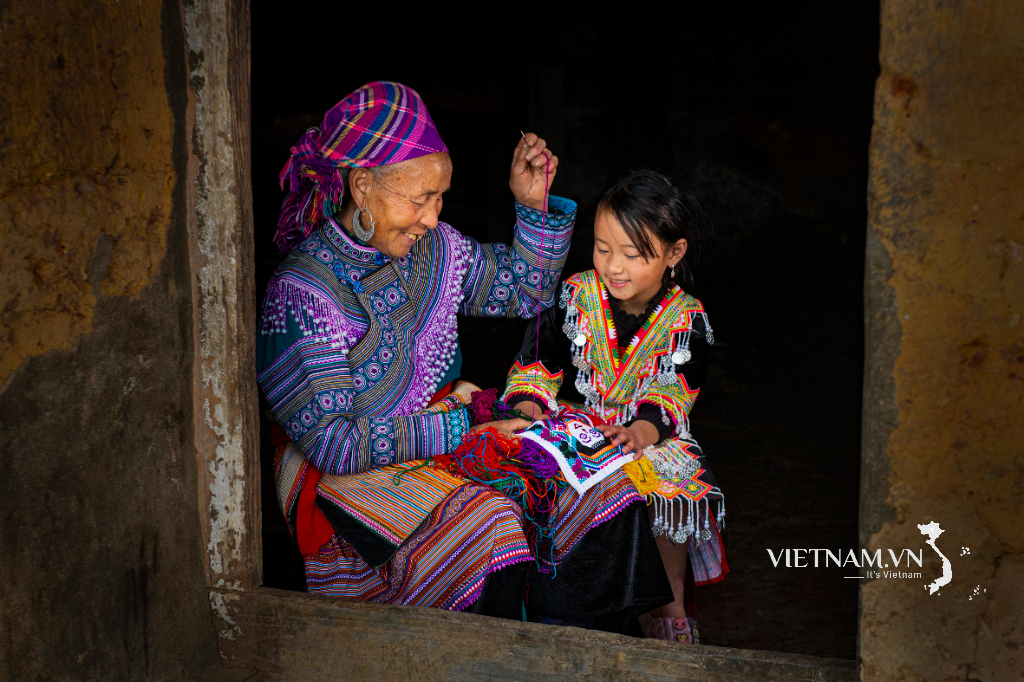
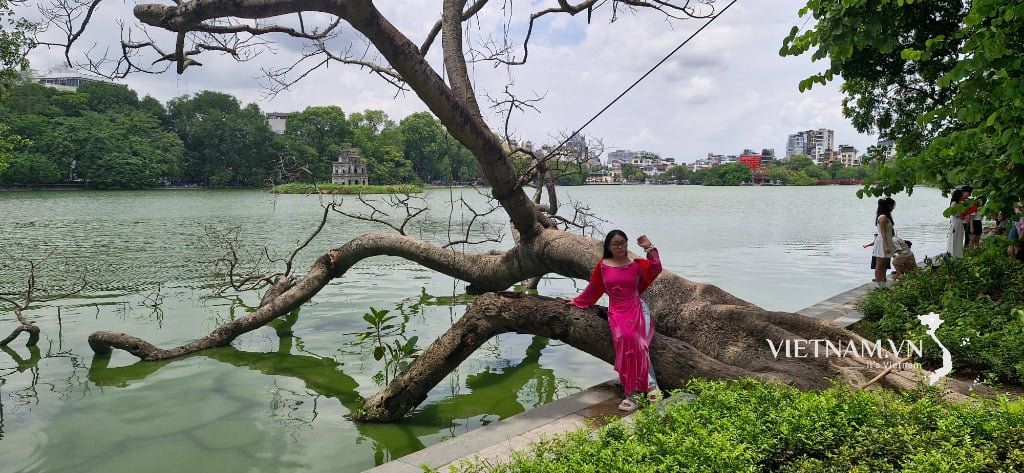

Comment (0)